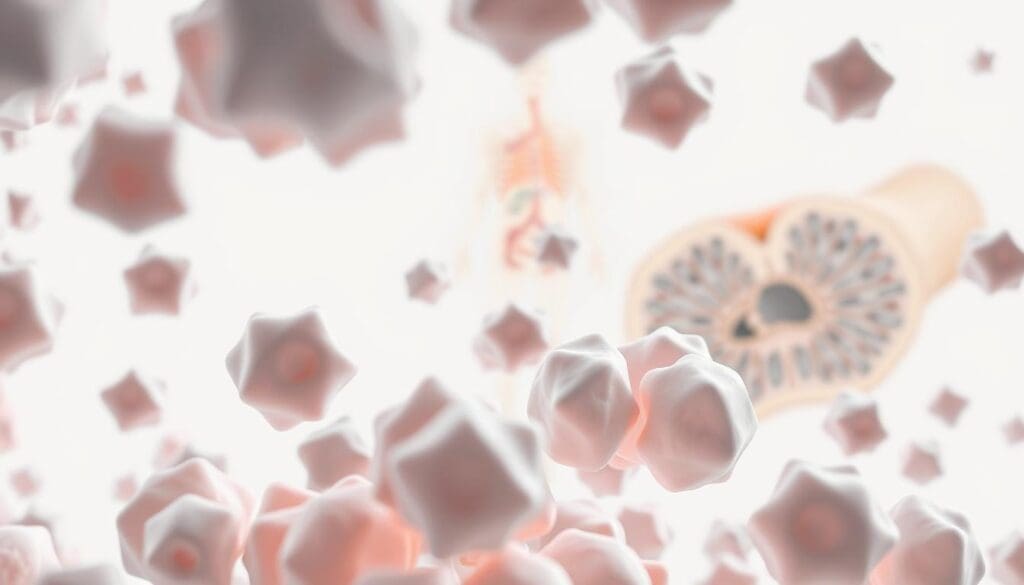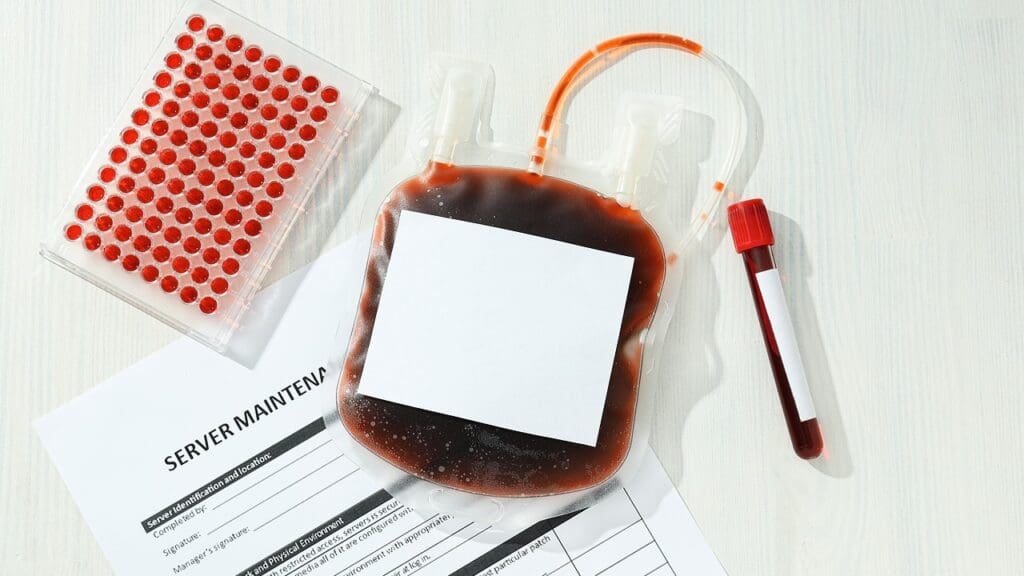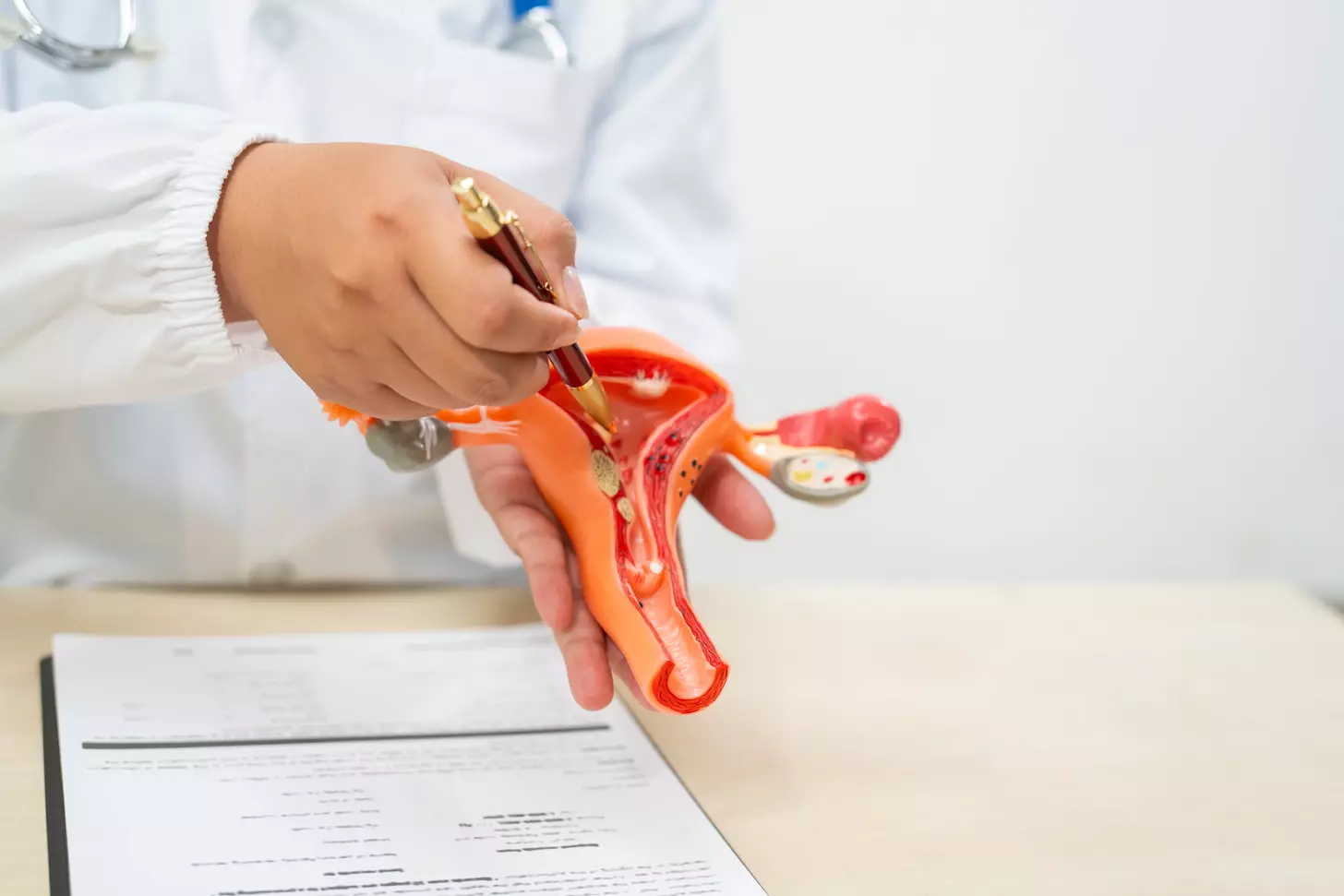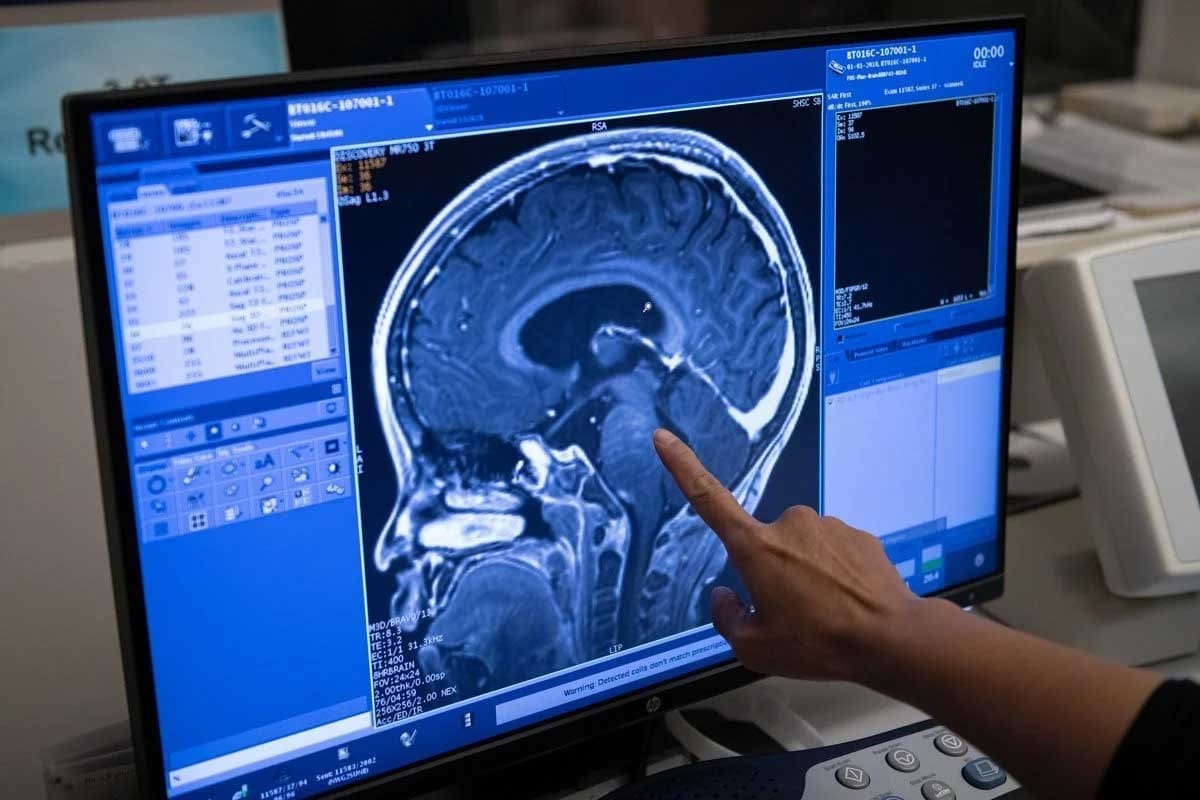Last Updated on November 26, 2025 by Bilal Hasdemir
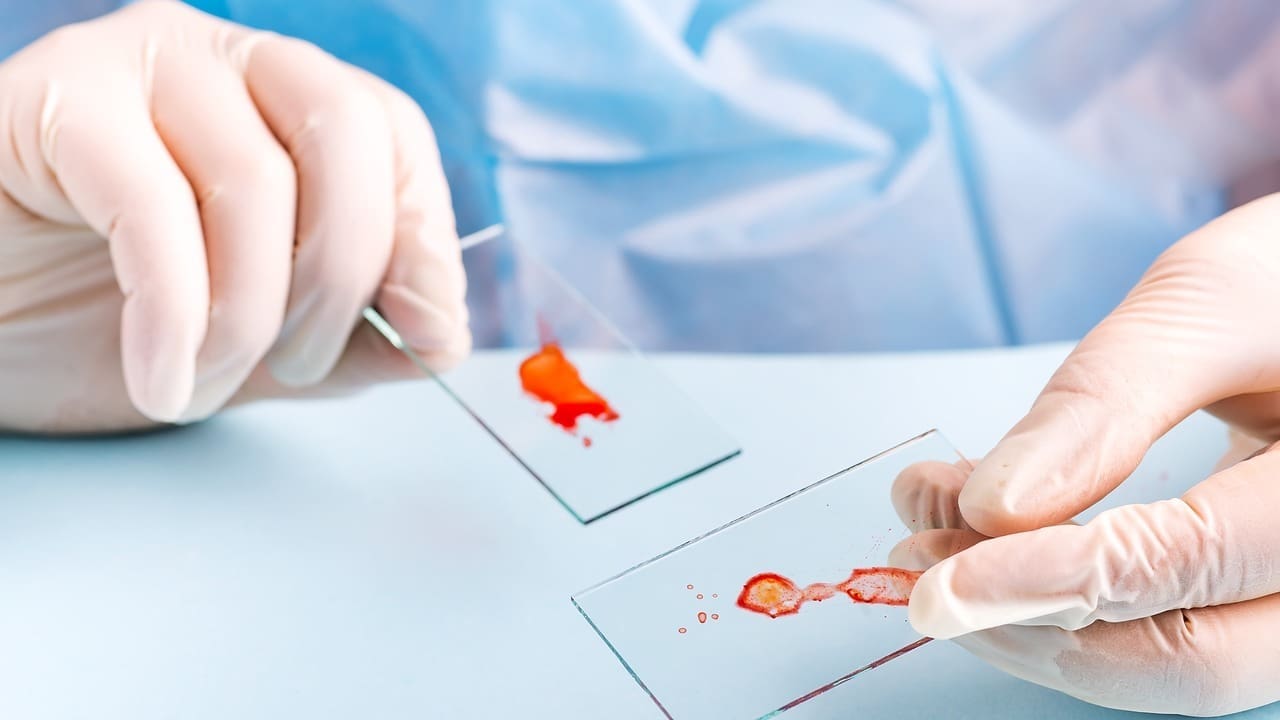
Acute myeloid leukemia (AML) is a tough disease to fight. At Liv Hospital we aim to share the latest on AML’s outlook and treatment progress.
New AML drugs and treatments are showing great promise. This gives us hope for better results. Our team dives deep into AML, looking at its acute myeloid leukemia prognosis and the chance for a cure.
We’ll look at today’s acute myeloid leukemia treatment protocol and the AML cure rate. We’ll give you a full picture of AML treatment’s current state.
Key Takeaways
- Knowing AML’s prognosis is key to picking the right treatment.
- New AML treatments are showing great promise.
- AML’s complexity means each patient needs a custom plan.
- Our team is all about the latest insights and care for AML patients.
- Improvements in treatment are boosting the AML cure rate.
Understanding Acute Myeloid Leukemia (AML)
AML, or Acute Myeloid Leukemia, is a blood cancer. It causes abnormal white blood cells to grow fast. This harms the bone marrow’s job to make blood cells.
Learning about AML is key. We need to know its definition, symptoms, how it’s diagnosed, and what increases the risk.
What Defines AML as a Blood Cancer
AML is a blood cancer because it affects the blood and bone marrow. It makes the bone marrow produce immature white blood cells. These cells can’t fight infections well.
Servier says knowing AML’s biology is important for finding good treatments.
Key characteristics of AML include:
- Rapid progression of the disease
- Accumulation of abnormal cells in the bone marrow
- Impaired production of normal blood cells
Common Symptoms and Diagnosis
AML symptoms can be different but often include feeling tired, losing weight, and getting sick often. Doctors use blood tests, bone marrow biopsies, and genetic tests to diagnose AML.
“Early diagnosis is critical for effective treatment,” as it helps start treatment sooner and can lead to better results.
Risk Factors and Causes
There are several risk factors for AML. These include genetic mutations, exposure to certain chemicals, and past cancer treatments. Knowing these risks can help prevent AML.
Some known risk factors for AML are:
- Age: The risk of AML goes up with age
- Genetic predisposition: Some genetic syndromes raise the risk
- Exposure to chemicals: Like benzene and some pesticides
- Previous chemotherapy or radiation therapy
Factors Affecting AML Prognosis
Many factors can change how well AML is treated and how patients do. Knowing these factors helps doctors choose the best treatment. This can help patients live longer.
Age and Overall Health
Age is very important when it comes to AML. Older people often do worse because they might not be as strong. They might also have other health problems and certain genetic changes.
People under 60 usually have a better chance of getting better. But, even young people with bad genes can face tough times. We look at both age and health to guess how well someone will do.
Genetic and Cytogenetic Markers
Genetic and cytogenetic markers are key in figuring out AML prognosis. Some genes, like FLT3-ITD and NPM1, can really change how well treatment works. We use special tests to find these markers and plan treatment.
- Cytogenetic analysis finds chromosomal changes that can affect how well someone does.
- Molecular genetic testing finds specific mutations that help decide treatment.
Response to Initial Treatment
How well someone does after the first treatment is very important. Those who get rid of all cancer cells have a better chance than those who don’t.
Checking how well treatment is working early on helps us make changes if needed. We watch patients closely to see if treatment is working. Then, we adjust it to get the best results.
Presence of Minimal Residual Disease
Having minimal residual disease (MRD) after treatment is a big deal. MRD means there are a few cancer cells left. We use special tests to find MRD and change treatment to lower the chance of cancer coming back.
People with MRD-positive status are more likely to have cancer come back. We aim to get MRD-negative to help them live longer.
Is Blood Cancer AML Is Curable? Examining the Evidence
To know if AML is curable, we need to look at the latest research and stats. The idea of a “cure” in cancer is tricky, even more so for aggressive diseases like AML.
Defining “Cure” in the Context of AML
In AML, a cure means the disease is gone, and the patient stays in remission for a long time. But, calling it a “cure” can be misleading. It’s hard to prove the disease is completely gone.
We often say “complete remission” when AML is no longer found. This doesn’t always mean the patient is cured. It shows the treatment worked well.
Long-term Survival Statistics
Long-term survival for AML patients has gotten better, thanks to new treatments. Studies show the 5-year survival rate for AML patients has gone up, for some groups more than others.
- Patients under 60 have a 5-year survival rate of about 40-50%.
- Older patients face a lower survival rate, around 10-20%. This is because they often have other health issues and can’t handle tough treatments as well.
These numbers show how AML outcomes vary based on age and other factors.
Factors That Improve Curability
Several things can make AML more curable. These include:
- Genetic and molecular characteristics of the leukemia.
- Response to initial treatment, with those who reach complete remission doing better.
- Age and overall health of the patient, with younger patients usually doing better.
Understanding these factors helps doctors tailor treatments for each patient. This can improve their chances of long-term remission.
We’re seeing new treatments for AML, giving hope for better results. As research keeps going, what we mean by “cure” for AML might change.
Traditional Treatment Approaches for AML
Induction chemotherapy is the first step in treating AML. It’s followed by consolidation therapy and sometimes stem cell transplantation. These methods have been key in treating AML for many years. They aim to get the patient into remission and improve their chances of survival.
Induction Chemotherapy
Induction chemotherapy is a vital first phase for AML patients. Its main goal is to get rid of leukemia cells in the bone marrow. This is the first step towards remission.
Cytarabine and Anthracyclines
The usual treatment starts with cytarabine and anthracyclines. This mix is a mainstay in AML treatment because it works well in getting patients into remission.
“The mix of cytarabine and an anthracycline is the core of induction therapy for AML,” says recent medical guidelines.
7+3 Regimen and Variations
The 7+3 regimen is a common choice. It includes 7 days of cytarabine and 3 days of an anthracycline. There are also variations to make treatment better and safer.
Consolidation Therapy
After getting into remission, consolidation therapy follows. It’s aimed at getting rid of any leftover leukemia cells. This phase is key to keeping the patient in remission and possibly curing AML.
Consolidation therapy usually means high-dose chemotherapy or more of the same chemotherapy used in the first phase.
Stem Cell Transplantation
Stem cell transplantation is a possible cure for AML. It replaces the patient’s bone marrow with healthy stem cells. These can come from the patient themselves (autologous transplant) or a donor (allogeneic transplant).
Allogeneic stem cell transplantation is often suggested for those with high-risk AML or who have had treatment before.
A leading hematologist says, “Stem cell transplantation is a possible cure for AML, mainly for those with high-risk disease or who have relapsed.”
Modern Targeted Therapies Transforming AML Treatment
Acute Myeloid Leukemia (AML) treatment is changing with new targeted therapies. These treatments aim at specific genetic mutations or proteins in AML. They offer hope to patients and better results.
FLT3 Inhibitors
FLT3 inhibitors are key in AML treatment, mainly for those with FLT3 mutations. These mutations are common in about 30% of AML patients and worsen their prognosis.
Midostaurin and Quizartinib
Midostaurin was the first FLT3 inhibitor approved for AML. It has been proven to increase survival when combined with chemotherapy. Quizartinib also shows strong results in patients with FLT3-ITD AML.
Studies show FLT3 inhibitors greatly improve AML patient outcomes with FLT3 mutations. For more on blood cancer research, visit AACR Cancer Progress Report.
IDH Inhibitors
IDH inhibitors target mutant IDH1 and IDH2 enzymes in AML patients. These mutations cause oncometabolites that block normal cell growth.
Ivosidenib and Enasidenib
Ivosidenib is an IDH1 inhibitor that works well in IDH1-mutated AML. Enasidenib, an IDH2 inhibitor, also shows promise in IDH2-mutated AML.
IDH inhibitors offer new options for AML patients with these mutations. Genetic testing is key in AML diagnosis.
BCL-2 Inhibitors
BCL-2 inhibitors, like Venetoclax, target the BCL-2 protein. This protein controls apoptosis. Venetoclax is approved for AML in specific patient groups.
Venetoclax Combinations
Venetoclax works well with other treatments. It has improved response rates and survival in AML patients not eligible for intensive chemotherapy.
Targeted therapies like FLT3, IDH, and BCL-2 inhibitors are changing AML treatment. Ongoing research will lead to even better patient outcomes.
AML Prognosis by Subtype and Risk Category
AML prognosis depends on the subtype and risk category. This affects treatment choices and outcomes. We sort AML into risk groups based on genetic and molecular features. This helps predict patient outcomes and tailor treatments.
Favorable Risk AML
Patients with favorable risk AML have certain genetic traits. For example, they might have NPM1 mutations without FLT3-ITD mutations, or core-binding factor AML. These patients usually respond well to standard chemotherapy and have a better prognosis.
Intermediate Risk AML
The intermediate risk category includes patients who don’t fit into the favorable or adverse risk groups. Their prognosis is less certain. It often depends on molecular markers and how they respond to treatment. We closely monitor these patients and adjust their treatment plans as needed.
Adverse Risk AML
Adverse risk AML has high-risk genetic abnormalities or mutations like TP53. Patients in this category often face a poorer prognosis. They may need more aggressive or experimental treatments.
Secondary and Therapy-Related AML
Secondary AML comes from prior myelodysplastic syndromes or myeloproliferative neoplasms. Therapy-related AML occurs after certain chemotherapy or radiation. Both generally have a poorer prognosis. Treating these patients can be complex due to their medical history.
To understand the prognostic implications of different AML subtypes and risk categories, let’s look at the following table:
| Risk Category | Characteristics | Prognosis |
|---|---|---|
| Favorable | NPM1 mutated without FLT3-ITD, core-binding factor AML | Better response to chemotherapy, relatively good prognosis |
| Intermediate | Neither favorable nor adverse risk features | Variable prognosis, dependent on molecular markers and treatment response |
| Adverse | High-risk cytogenetics, TP53 mutations | Poor prognosis, potentially requiring aggressive or experimental treatments |
| Secondary/Therapy-Related | Arising from prior MDS/MPN or after chemotherapy/radiation | Generally poorer prognosis, complex treatment approach |
Knowing the specific subtype and risk category of AML is key for choosing the right treatment. It also helps predict patient outcomes. We keep working to improve AML management based on these factors. Our goal is to enhance patient care and survival rates.
Special Considerations in AML Prognosis
When looking at AML prognosis, special factors are key, like for the elderly and those with relapsed AML. The outlook for AML changes a lot depending on the patient. So, we need to tailor our approach for each group.
Elderly Patients with AML
Elderly AML patients face special challenges. They might have other health issues, less energy, and not do well with strong treatments. Age is a big factor in how well AML patients do. But, new treatments are helping some older patients live longer.
- Doing a full check-up on older patients can help decide if strong treatment is right for them.
- Less strong treatments, like certain medicines, are now key for older adults with AML.
- It’s also important to focus on making them feel better and improving their life quality.
Pediatric AML Outcomes
Pediatric AML is different from adult AML. It has its own biology and treatment plans. Strong chemotherapy is a mainstay for kids with AML, and it’s made a big difference in their survival rates.
- It’s very important to figure out the risk level for kids with AML. This helps decide how intense the treatment should be.
- For high-risk kids, getting a new bone marrow is often considered.
- New treatments are being looked into to keep improving survival rates for kids with AML.
Relapsed and Refractory AML
AML that comes back or doesn’t respond to treatment is very tough. New treatments are needed to help these patients live longer. New medicines and ways to boost the immune system are showing promise.
- Knowing the genetic makeup of the AML is key to finding the right treatment for relapsed or refractory cases.
- Testing new treatments in clinical trials is vital for these patients.
- Working together as a team is important for managing the complex needs of these patients.
Emerging Therapies and Future Directions
New treatments are being developed to help people with AML. These new therapies could make care better and increase survival chances.
Immunotherapies for AML
Immunotherapy is a new way to fight AML. It uses the body’s immune system to attack cancer cells. Stem cell transplantation is a type of immunotherapy that might cure some patients.
Other immunotherapies like checkpoint inhibitors and CAR-T cell therapy are also being studied. They aim to boost the body’s fight against AML.
Novel Oral Medications
New oral medicines are changing how AML is treated. They are easy to take and have shown to work well in tests.
| Medication | Mechanism of Action | Clinical Trial Outcomes |
|---|---|---|
| Midostaurin | FLT3 inhibitor | Improved overall survival in FLT3-mutated AML |
| Enasidenib | IDH2 inhibitor | Showed efficacy in IDH2-mutated AML |
Precision Medicine Approaches
Precision medicine is changing AML treatment. It tailors treatments to each patient’s needs. This means treatments are based on the patient’s unique genetic makeup.
This approach aims to make treatments more effective and reduce relapse risk. It focuses on the unique characteristics of each patient’s AML.
As we look to the future, a mix of treatments will be key. Immunotherapies, new oral medicines, and precision medicine will likely shape AML treatment.
Conclusion: The Evolving Landscape of AML Treatment and Prognosis
The treatment for Acute Myeloid Leukemia (AML) is changing a lot. AML’s outlook depends on many things like age, genetic markers, and how well the first treatment works. New targeted therapies are bringing hope to many patients.
FLT3 inhibitors, IDH inhibitors, and BCL-2 inhibitors are helping certain patients live longer. Also, stem cell transplants and immunotherapies are adding to the treatment options. These new ways are not just making patients live longer but also better.
But, there are big challenges, like for older patients and those with tough AML types. We need more research and new ideas to solve these problems. Understanding AML better and using the latest technology can lead to better treatments for everyone.
As AML treatment keeps getting better, we’re dedicated to top-notch care for patients from all over. The future looks bright for AML treatment, with new research and therapies on the way. These will likely make a big difference in how patients do.
FAQ
Can acute myeloid leukemia be cured?
Whether AML can be cured depends on several things. These include the patient’s age, health, and genetic markers. Also, how well they respond to treatment matters. Some patients can stay in remission for a long time, but what we call a “cure” is complex.
What is the prognosis for acute myeloid leukemia?
AML’s outlook varies a lot. It depends on the patient’s age, health, and genetic markers. Younger patients with good genetic profiles usually do better. But older patients or those with bad genetic markers face tougher challenges.
Is blood cancer AML curable?
Some AML patients can be cured, mainly those who get into complete remission and stay disease-free. But, whether someone can be cured depends on many factors. These include if there’s any leftover disease and how well treatment works.
What are the long-term survival statistics for AML?
Survival rates for AML vary a lot. They depend on the patient’s age, genetic markers, and how well they respond to treatment. Patients who get into complete remission and get extra treatments or a stem cell transplant usually do better in the long run.
How does age affect AML prognosis?
Age is a big factor in AML’s outlook. Older patients usually face worse outcomes. This is because they have less physical strength, more health problems, and less favorable genetics.
What is the role of genetic and cytogenetic markers in AML prognosis?
Genetic and cytogenetic markers are very important in AML’s outlook. Some markers mean better risk, while others mean worse. Knowing these markers helps doctors decide the best treatment and predict how well a patient will do.
Can AML be treated with targeted therapies?
Yes, targeted therapies have changed AML treatment. Drugs like FLT3 inhibitors, IDH inhibitors, and BCL-2 inhibitors help patients with specific genetic profiles do better.
What is the significance of minimal residual disease in AML?
Minimal residual disease (MRD) is important in AML. It’s when there are leftover leukemia cells after treatment. MRD shows a higher risk of relapse and worse outcomes.
Are there emerging therapies for AML?
Yes, new therapies like immunotherapies, oral drugs, and precision medicine are being developed. They aim to improve AML treatment and meet unmet needs.
How does AML prognosis vary across different subtypes and risk categories?
AML’s outlook changes a lot depending on the subtype and risk category. This includes favorable, intermediate, and adverse risk AML, as well as secondary and therapy-related AML.
What are the challenges faced by elderly patients with AML?
Elderly AML patients face unique challenges. These include health problems, less physical strength, and less favorable genetics. These factors can affect how well they can handle treatment and their outcomes.
What is the cure rate for AML?
It’s hard to say what the cure rate for AML is. The disease is complex, and outcomes vary a lot. But, some studies suggest that a few patients can stay in remission for a long time and might be cured.
Is acute leukemia treatable?
Yes, acute leukemia, including AML, can be treated. There are many therapies, like chemotherapy, targeted therapies, and stem cell transplantation. But, how well a patient does depends on many factors, like age, genetics, and treatment response.
Can AML leukemia be cured?
While some AML patients can stay in remission for a long time, being cured is not guaranteed. It depends on many factors, including age, health, genetics, and how well treatment works.
What is the prognosis for acute myeloid leukemia in adults?
AML’s outlook in adults varies a lot. It depends on age, health, genetics, and treatment response. Generally, younger adults tend to do better than older adults.
What is the acute myeloid leukemia treatment protocol?
AML treatment usually involves a mix of chemotherapy, extra treatments, and stem cell transplantation. The exact plan depends on the patient’s needs and risk factors.
Is AML curable in adults?
AML can be curable for some adults, mainly those who get into complete remission and stay disease-free for a long time. But, whether someone can be cured depends on many factors, including age, genetics, and treatment response.
References
- American Cancer Society (ACS): https://www.cancer.org/cancer/types/acute-myeloid-leukemia/treating/response-rates.html
- National Cancer Institute (NCI): https://www.cancer.gov/types/leukemia/hp/adult-aml-treatment-pdq
- Haematologica: https://haematologica.org/article/view/haematol.2024.285805
- UT Health San Antonio News: https://news.uthscsa.edu/cracking-cancers-code-new-research-identifies-novel-drug-target-for-acute-myeloid-leukemia-treatment/
- National Center for Biotechnology Information (NCBI) / PMC: https://pmc.ncbi.nlm.nih.gov/articles/PMC11745214/


